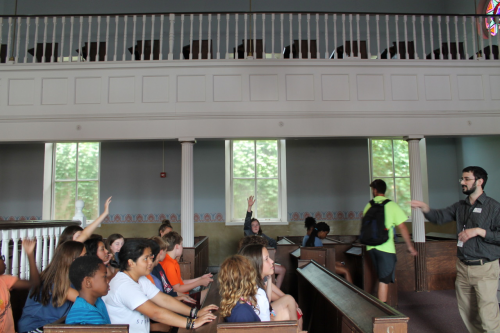Intern Weekly Response: Education in Museums

Every week we’re asking our summer interns to share some thoughts and responses to various experiences and readings. This week we asked them to read two articles about education in museums and assess how JMM approaches these issues – and any suggestions they have for the future! To read more posts from JMM interns, past and present, click here.
~from Intern Hannah
Education is one of the most important tenants of a museum. So, it has been really amazing to observe and aid the education department in working to bring the objects and buildings at the Jewish Museum to life for children of all ages. I’ve seen groups with children as young as five and as old as sixteen, sometimes in the same group. The JMM provides a wide array of educational programs to schools, focusing on our different exhibits and through multiple lenses. The JMM gets a lot of support from local schools, including our partner schools, but there are some teachers who find it hard to get their classes into museums.

There are a few factors that might make a trip to a museum hard for teachers to swing. First, time is hard to find in the school day. Especially because of the focus on standardized testing that many teachers are forced to have, it can be hard to justify the trip. However, museum trips can fulfill many curriculum requirements and help greatly supplement the information being already taught in class. This ensures that students fully understand the material and are not just memorizing for tests. This was one of the main complaints about museums trips in the articles I read, that they don’t often have explicit connections to their curriculum, or if they do, teachers are unaware of them. This is one place where the JMM education team shines. When teachers set up a tour with us, we send them what the JMM calls an Educator’s Guide. This includes things like learning objectives for the tour and connections to state English Language Arts and Social Studies standards for different grades. This is intended to make sure the teacher understands not only what will be covered in the tour, but what this tour will give to their classroom. We provide background for whatever exhibit or tour they want to see, and give optional classroom activities for them to do both before and after their visit. For example, when schools come to tour the Lloyd Street Synagogue and our permanent exhibition: Voices of Lombard Street, there are two paths that the tour can take: intro to Judaism or the Immigrant Experience. For each of these, we encourage teacher to prep their students with certain readings or videos to get them to a good understanding before visiting the exhibit and furthering their understanding. We also encourage that the class be visited by one of our living history performers to supplement a future trip to the museum, like Ida Rehr. This can also help ease some administrative hesitation, who might think of museums as non-essential to the classroom experience. With direct tie ins to curriculum and current class topics, the JMM receives a fighting chance for classroom time and money. It is hard to find money in the budget for trips to museums, including busses and often lunch. There are some schools in the area that have walked from their school to our museum as part of their trip, to get an understanding of the neighborhood of Jonestown.
There is also the opportunity for museums to stimulate learning in a way that is not possible in a classroom. I think that the JMM does a great job encouraging learning in multiple ways for multiple learners. Everyone understands things differently and needs different tools. In a traditional classroom setting, some might fall behind. However, when you supplement classroom learning with the opportunity to change children’s routine and bring them somewhere new, where they get to look at the things they are learning about, and participate in a variety of activities associated with that object or idea, their world opens up. We do a number of different activities with the groups that visit here that encourage learning and engagement using a variety of potentially different learning styles. Not only do our programs work for different ways of learning, but it also encourages different ways of thinking. For example, we have groups do a scavenger hunt in the Voices of Lombard street exhibit to not only ensure that they visit each station, but that they can interact with each of the stations. The interactive nature of Voices can do a lot to spark learning, especially when students have already learned about the immigrant experience. For example, many students come in with previous understanding of how immigrants came to America in the late 19th and early 20th century, but actually being able to see the things they brought over or put on period-appropriate clothes from our dress up chest helps lead to a wider understanding. Children also learn about the triangle shirtwaist factory fire, for example, and then can come to Voices and learn about Baltimore immigrants who also worked in sweatshops. They can even sit at our replica sewing machine and press the pedal, making the “needle” go up and down.
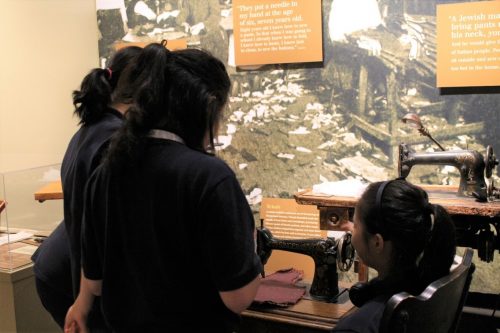
I think that the education team is doing a great job engaging local schools and teachers. Next week we are running the Summer Teacher’s Institute with over fifty teachers and administrators from schools all across Maryland. Hopefully this program helps foster connections with teachers so that they bring their classes to the museum. In the article Reasserting Arts Education in K-12 Curriculum, they give a few ideas for museum education programs. Some of these suggestions include video supplements for museum exhibits, and “Secret Life of the Museum” events where kids have the opportunity to see artifacts that might not normally be displayed and get to learn the story that goes along with the object. I think this could be an interesting idea for the JMM to possibly do, and maybe bring in children in a context that is not a school-sponsored field trip while encouraging an interest in history.
~from Intern Ariella
I remember visiting museums with school when I was a kid. Occasionally we’d go on a field trip, and a museum would fit into our curriculum. It didn’t happen often, though. Usually, the school would choose to take us somewhere for pure fun, maybe with an assignment (Six Flags is significantly different when you’re trying to measure velocity on rollercoasters), or they’d skip the field trip entirely.
According to Hamilton College’s Wellin Museum, this mindset is pretty common. Amber Geary, Wellin’s Museum Educator, led a two-year study from 2015-2017. While the majority of teachers want to bring their classes to museums, 41% of the 140 teachers polled hadn’t done so. The reasons why spanned pages: busing issues, not enough advance notice, inability to skip other classes. Lack of a connection to curriculum was a huge setback. It’s harder to make accommodations for a trip than it is to not go at all.
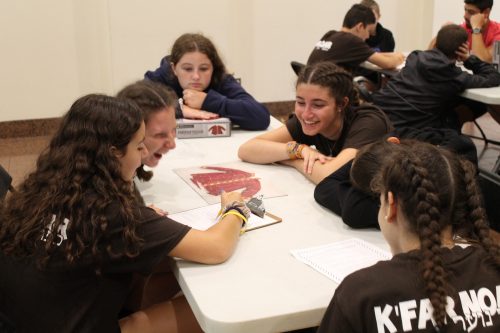
Some of these problems are ones that JMM can’t independently solve. But while working in the Education department over the last two months, I’ve noticed that some are being addressed. Most key is the issue of museums not having experiences that are relevant to school curriculums. While I was crafting a teacher’s guide to the upcoming Jews in Space exhibit, one of my main tasks was to write an in-depth explanation of how the exhibit falls into multiple curriculum requirements. While finding homeschool forums to market an upcoming Homeschool Day, I also had to make sure that the content of the program was relevant to the group’s priorities.
Some other positives are explored in the second report we read this week. In “What’s in a Museum Trip?” Jacqueline Du explores the ways that museum educators can impart lessons to kids in a brief period of time. The key to making a lasting impact is to create a “thematic learning experience.” Kids should be hear ideas, be told the facts, and be guided through subsequent discussions or activities on how to explore those ideas and facts on their own.
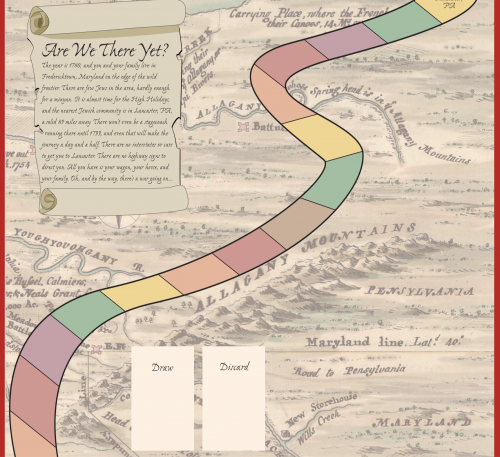
JMM already follows this strategy. Over the last two months, I’ve assisted with multiple school and camp groups. JMM educators never give a simple tour. The fashion exhibits “Stitching History” and “Fashion Statement” involve watching a video, putting together a puzzle, and writing a short story. “Voices of Lombard Street,” our immigration exhibit, sends the kids on an interactive scavenger hunt. “The Synagogue Speaks,” our introduction to Lloyd Street Synagogue, includes objects that the kids can touch, and a brand-new matching game designed by Hannah. All of our sessions end with question-and-answer, so the kids can just process and discover more. No matter which group visits, one thing is typically the same: kids are excited! They want to be away from school! And most are open to learning. It just needs to be framed so that they have fun doing it.
JMM also strives to make lives easier for teachers. Key issues that Wellin reported included a lack of knowledge about museum programs and an inability to visit the museum. JMM’s website needs improvement, but once it’s updated, hopefully it will be clearer about upcoming opportunities. We now have data on all of the public schools in the city, so the Museum can start conversations with them about visiting. For those who can’t, the Museum offers educational resources online for free. Some teachers even want extra programs, specifically tailored towards teaching. JMM offers the Summer and Winter Teachers Institute workshops, which are designed for this purpose.
There’s a lot more work to be done across the board when it comes to museum education. JMM’s already on the right track.
~from Intern Elana
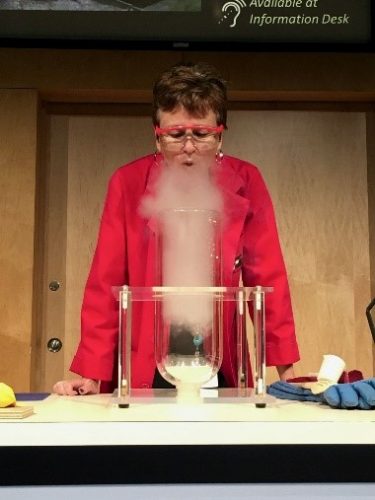
As a child, visiting museums was always my favorite part of the school year. I can still remember some of my museum trips as clear as day. I remember exploring the interactives at a science center and visiting historic houses alike. I always saw these trips as fun trips as opposed to learning-based ones and, to be honest, I think that’s the way the school viewed them too. For most of the trips, I cannot recall how they fit into our curriculum, though I am sure they did at least in part. However, I remember these trips being very rare, only one every few years. The articles I read this week and my time in museums helped me realize how valuable museums can be in educating in a different way than the typical classroom setting and how museum exhibitions can apply to the subjects that students are learning in their classrooms.
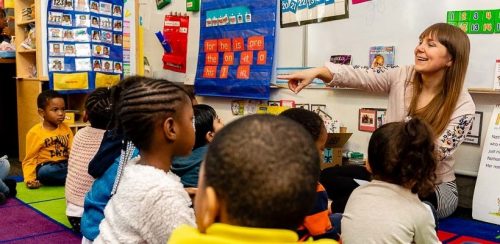
With the strict standards teacher have to deal with, it is imperative that museum are able to help them in any way that they can. Museums can make the museum education fit the curriculum, provide introduction and reflective materials, and work with the teachers on what the program will achieve. One thing from the articles that I was particularly useful was creating a menu of sorts of educational programs that coincide with specific curriculum requirements so that teachers can select a program that perfectly fits their needs. Because I remember how valuable my museum trips were to my education, I can see how important it is for students to come into museums in with their schools.
~from Intern Mallory
School trips often being students to a museum, spending the day to look at artefacts and engage students in a new way outside of the classroom. It can be challenging to properly plan out a trip into the museum, several factors such as timing, cost, and curriculum can pose a challenge to schedule around.
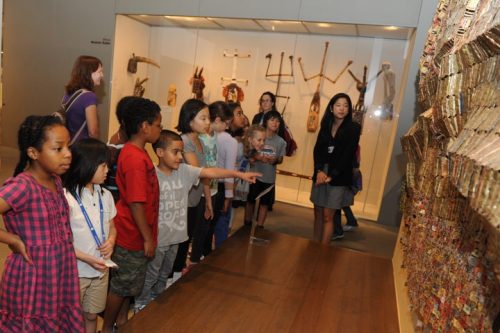
Research has shown that the three previously mentioned obstacles (time, cost and curriculum – referred to as defensibility) are the main opposing factors which can prevent teachers from scheduling trips to museums (Reasserting Arts Education in K-12 Curriculum: A Qualitative Case Study and Pilot Programs, 2018, Amber Geary). While museums are a great way to engage students, providing a variety of new possibilities to cover lessons and allowing the usage of different learning types, being about to successfully plan a trip is challenging. Timing can heavily impact what is happening in the classroom and cost can impact any event. But defensibility, being able to connect the trip to the curriculum, is the main issue as it not only has to work for the teacher, but also the administration approving the trip.
Personally, while there can be several obstacles to jump over, I think using museums as an educational tool in class is amazing. As a child it was something I always looked forward to, and something I still do even in college. Trips to museums were always memorable for me, as it wasn’t just sitting in the classroom and I usually remembered a lot of the trip and what I learned. My favorite thing was how these trips could allow students to apply knowledge to physical items, which can strengthen the connection of knowledge and make it more memorable.
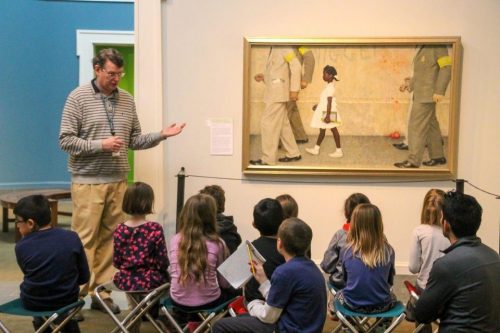
Within my past weeks at JMM, I’ve only seen a few school trips come through. As I’m working with collections, I haven’t seen all of them. But I did sit in on a few of the trips, specifically one towards the beginning of the internship. JMM has paired with two schools and had created video narratives for each student, each being able to tell their own story. JMM had been working with one of the schools in prior years and I believe that there are plans to continue with the program, creating a strong partnership between he two locations. Personally, I think that this program was very well done, it could be connected to the museum itself, to the student’s lives personally, to their curriculum and it helped then build both technological skills and interpersonal skills.
I know JMM also works with a variety of schools, welcoming all in. As someone how isn’t incredibly familiar with the workings of the education department but is still partially participating, I think that this is a very good thing as it tries to work around the issues of cost. Naturally curriculum will always be the hardest thing to work with, but open communication with teachers (emailing about events and new exhibits) can help bridge that gap.
~from Intern Megan
After interning at JMM for 9 weeks, I have a much better idea of what museum education and programming look like. I also see the importance of museum education as a link between students and their communities. Museums also offer an educational break from the traditional classroom learning style. I know that when I was little I was always way more focused on field trips and more willing to learn because it was both fun and educational.
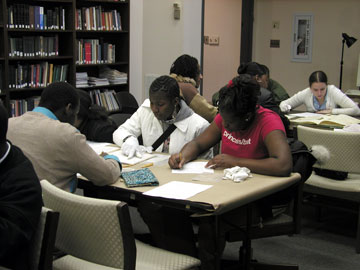
The first article addresses questions about what should be included in a class’s visit. One piece of advice that stood out to me was, “when educators set goals and draft markers of student achievement in a museum setting, we can aim for students to engage in critical thinking with a specific topic and essential questions”. This makes a lot of sense to me because one must know what the end goal is to effectively structure everything that comes before. When I was drafting appeal letters earlier in my internship I learned a lot about the education programming at the JMM; JMM works with each school to make goals for student learning based on what their unique curriculums are. This allows students to easily connect what they learn at the museum to their every day learning, which in turn, allows for more retention of information.
The second article was all about a study done about why schools partner with museums. This article also gave good insight on how museums can be better suited for class visits. One of the things that stood out to me was how it stated that “By using terminology that teachers and administrators recognize, museums can increase the ease of use and defensibility of their programming, thus increasing museum-school collaborations”. Again, I feel that JMM does a great job of this for similar reasoning as before; by working directly with teachers, the education team at JMM applies the subjects the students are learning at school directly to the structure and programming for each class.
